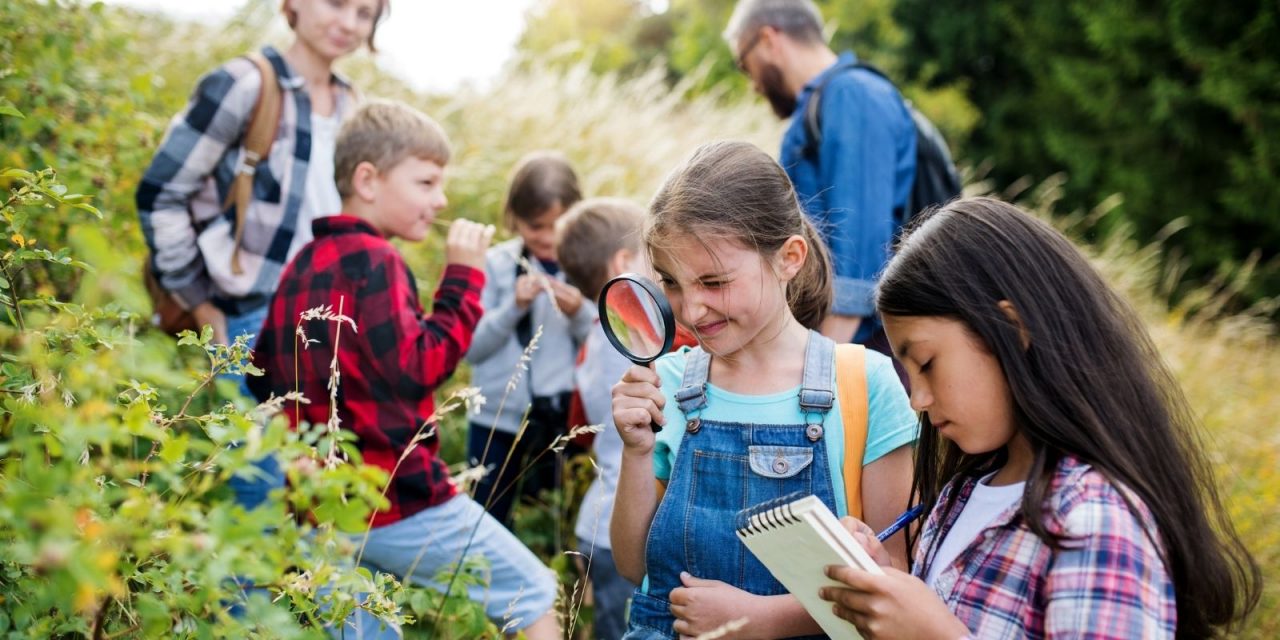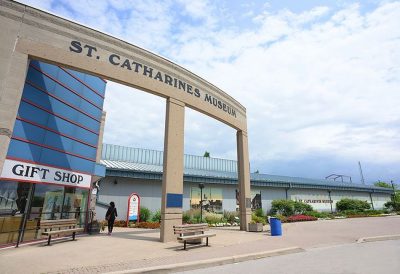Field trips will look a little different in the wake of the COVID-19 pandemic. Here’s how to plan accordingly for future field trip excursions.
When field trips safely resume, they’ll most likely look much different than what students and teachers were used to. To accommodate safety and health risks, the usual packed buses and crowded locations will be a thing of the past.
Here’s how to plan for future field trips post-pandemic.
Visit Outdoor Niche Locations
Museums are great educational resources, but they’re often crowded and not great for keeping germs at bay. For this reason, future trips should be planned in more niche locations. Instead of visiting a museum to learn about wildlife, take a trip to a nearby forest preserve and hold a class on wildlife.
While the students won’t get to see exotic species as they would in a zoo or museum, they will get to learn in a fun and different environment.
Make Transportation Changes
Piling all your students into one bus most likely won’t be the best option for field trip transportation either. Splitting into smaller groups for students to spread out will be a necessity for future field trips.
Traveling to destinations may take more time as well. Plan for your field trips to take a little longer than you have planned due to extra time for sanitizing hands and bus seats.
COVID-19 also slowed down many road projects this year. Depending on the time of year your class intends to travel, you may run into more road construction due to these delays. Plan for extra travel time for safely driving through the inevitable construction zones.
Minimize Class and School-Wide Trips
Often, taking trips in large groups makes the most sense for student field trips. There is an increased number of chaperones available, less time taken away from classroom learning, and reduced costs for bigger groups. However, it may be best to say goodbye to these trips for safety reasons. Splitting classes into smaller groups can help keep the proper distancing and safety measures we’ve become accustomed to.
Minimizing trips to overcrowded locations, expanding transportation needs, and splitting large classes up into small field trip groups are a few ways to plan for future field trips.






